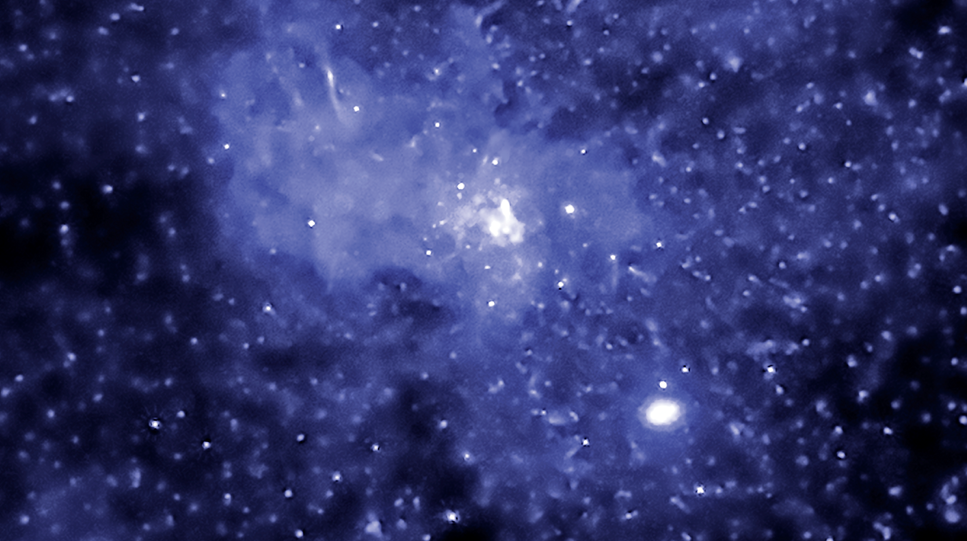Astronomers peered deep into the heart of the Milky Way recently and found that at its core, orbiting a supermassive black hole that has long been known to form the center of our pinwheel-shaped galaxy, are about ten thousand smaller black holes spiraling toward their demise, like water in a kitchen sink.
The research, led by Columbia astrophysicist Charles J. Hailey ’83GSAS and based on data collected by NASA’s Chandra X-ray Observatory, provides the first solid estimate of the total number of black holes in our galaxy. This information is expected to advance research in a number of other key areas, including the study of gravitational waves, those elusive ripples in space-time theorized by Albert Einstein a century ago. Collisions among black holes are thought to be one potential cause of gravitational waves, and knowing how many black holes typically exist in a galaxy could help scientists determine the likelihood that any gravitational waves they detect emanated from such events.
“Our observations give hard evidence for the number and distribution of black holes in space, which will help theorists revise their understanding of these phenomena,” Hailey says.



